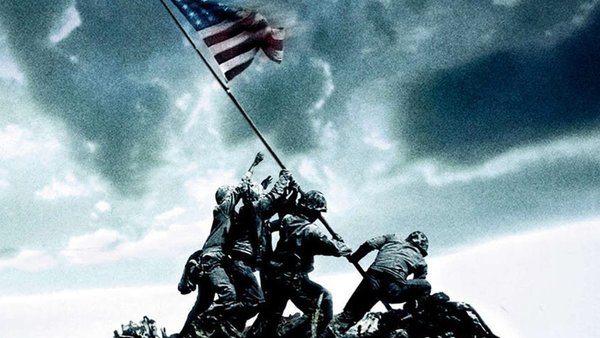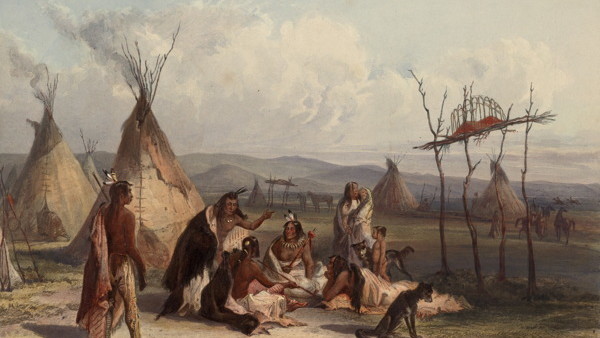10 Most Important Battles In US History
For Americans, history began in 1776.

“When in the course of human events it becomes necessary for one people to dissolve the political bands which have connected them with another and to assume among the powers of the earth…” The quote itself was written by a promising future politician, Thomas Jefferson, in the Declaration of Independence in 1776.
The American people hold this statement close to them, representing one of the most important moments in the history of the world. The patriots of the American colonies took up arms while blaring this statement at their enemy, the British. Over the course of the next 240 years, the American nation grew, through ideas, and government, but also by the outcomes of conflict.
What determines an important battle? What is so strategic about one? Is the amount of deaths and slaughtering that occurs a factor? All are true, but at the end of the day, the ones that have the most prominent impact on the United States and perhaps the world are the battles that were put on this list. Battles that have reshaped borders, gave birth to new movements, and gone down in the history books as moments of tremendous importance were all factors that were seen in the United States as a result of the Revolutionary War.
This is the beginning of a journey, one spanning back over two centuries that includes valiance, courage, and for the list, importance of an outcome. From Concord to Iwo Jima to Fallujah, Americans have fought and died for their ideals and country.
10. The Battle Of The Little Bighorn - American Indian Wars

In 1876, the Little Bighorn River in Montana was flooded with fighting amongst American settlers completing their “Manifest Destiny” to take over all of the present day continental United States, and the local Native Americans, who strongly objected to American attempts at resettlement of tribes. The US needed room for railroads and wanted newly discovered gold which had been found in the Black Hills region. By removing the Native Americans there, they would be able to achieve that. Lieutenant Colonel George Custer and his 7th Cavalry Regiment were then ordered to explore the Black Hills, belonging to the Sioux, which added to the tension between the US and local Native American tribes.
On 22 June, Custer and his forces were sent to forcibly remove Native American tribes which had refused to leave their land and move in accordance to US Government orders. Custer sought glory as America’s centennial approached, which led to him making shortsighted decisions. On 25 June 1876, Custer and his men stumbled into a huge number of Native American forces led by Sitting Bull. The American forces of 600 were quickly wiped out and “Custer’s Last Stand” became a national disaster, just in time for the 100th anniversary of the United States’ creation.
The battle symbolizes American policy towards natives, and a diminishing outlook of them by the US government. They were forced to move onto reservations in even larger numbers at this point. Their relationship would only be slightly repaired with reparations given to Native Americans. To this day, what happened still holds a prominent place in Native American heart's.